Introduction: The Fascinating World of Bird Song

Bird song has captivated humans for centuries, with its melodious vocalizations creating a rich tapestry of sounds in nature. This complex and rhythmic phenomenon serves several important purposes in the lives of birds.
Defining Bird Song
Bird song encompasses a diverse array of vocalizations, including melodic tunes, calls, and communication sounds. Each bird species has its unique repertoire of sounds, allowing for species recognition and communication within the avian world.
The Purpose of Bird Song
Birds sing for various reasons, each related to different aspects of their lives:
-
Attracting Mates: Male birds utilize their songs to establish their presence, advertise their fitness, and court potential female partners during the breeding season.
-
Defending Territory: Birds use their songs to mark and defend their territories, warning intruders and communicating with neighboring birds.
-
Communication within the Flock: Bird songs play a vital role in conveying messages about food sources, potential threats, and group cohesion within a flock.
-
Species and Individual Recognition: Bird songs enable species recognition and facilitate mating and social interactions. Some birds even use their songs to establish their individual identity.
Mechanism of Bird Song Production
![]()
Birds possess specialized vocal structures, such as the syrinx, which allows for a remarkable range of sounds and the production of complex melodies. By controlling airflow and manipulating the muscles surrounding the syrinx, birds create the diverse repertoire of vocalizations that define their species.
In the following sections, we will explore the benefits of bird song, the unique songs of different species, how birds learn to sing, changes in bird song over time, the role of human interaction, the significance of bird song in human culture, and ultimately, the wonder of bird song.
The Benefits of Bird Song
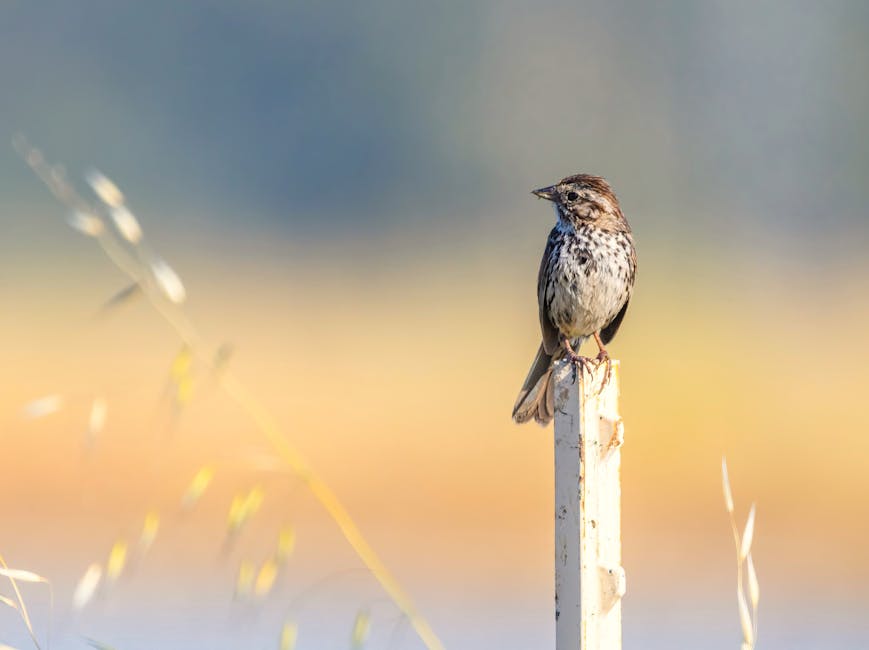
Bird song offers numerous benefits to both birds and their environment, providing insights into its significance and wonder.
Communication and Social Interaction
Bird song is a crucial form of communication among avian species. It conveys important messages, establishes territorial boundaries, and signals courtship and mating intentions, maintaining social cohesion and reducing conflicts.
Territory Defense
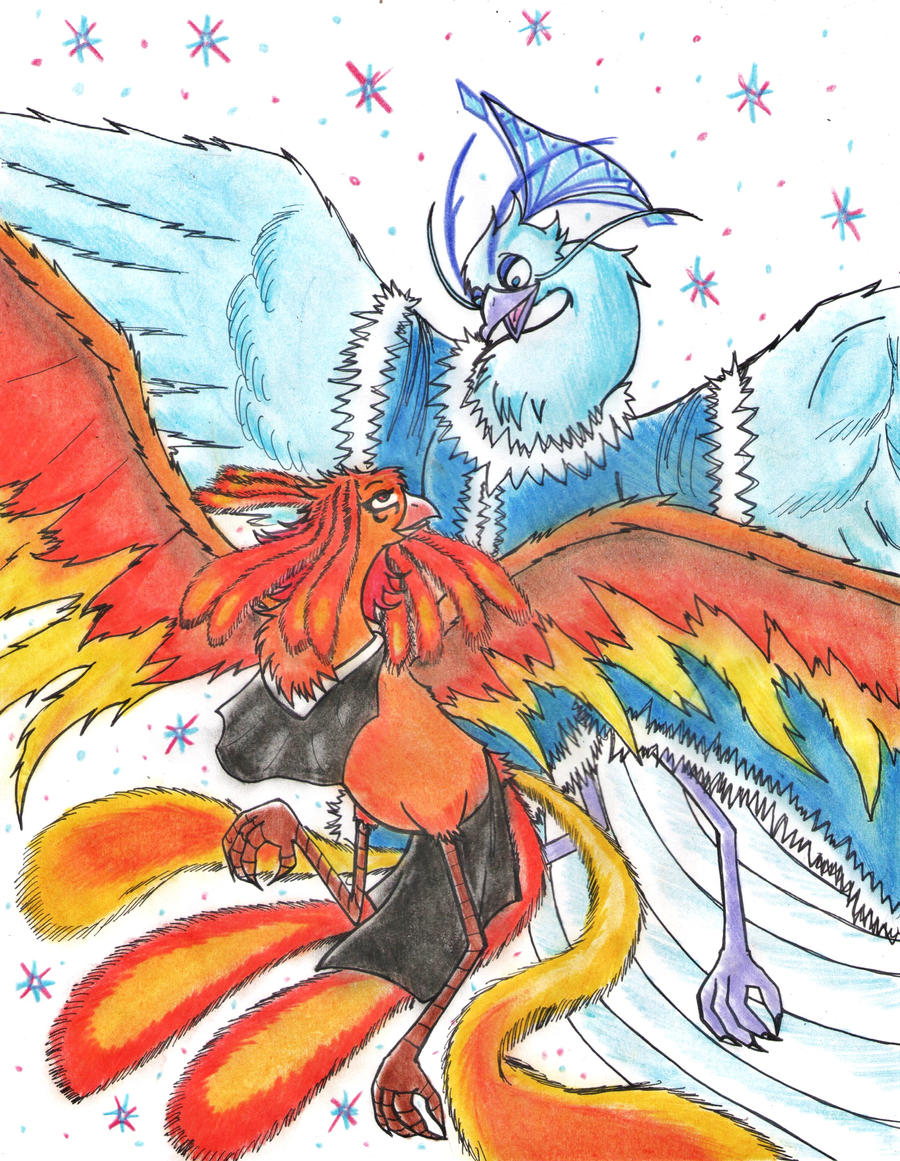
Singing plays a vital role in establishing and defending territories, minimizing conflicts and ensuring the availability of essential resources.
Mate Attraction and Reproductive Success

Male birds use their songs to attract mates, showcasing their genetic fitness and ability to provide for potential offspring. Female birds assess the quality and complexity of male songs when choosing their mates.
Species Identification and Ecological Balance
Bird songs aid in species identification, particularly in habitats with limited visibility. This ability contributes to ecological balance and aids in scientific monitoring and conservation efforts.
Cultural and Aesthetic Value
Beyond their ecological significance, bird songs hold cultural and aesthetic value. They inspire artistic expressions, feature prominently in literature, poetry, and music, and contribute to the overall beauty of natural environments.
Bird song is an intricate and multifaceted phenomenon that enriches both avian societies and human experiences. Its role in communication, territory defense, mate attraction, species identification, and cultural value underscores the remarkable benefits and wonder of bird song in the natural world.
Species-Specific Bird Songs
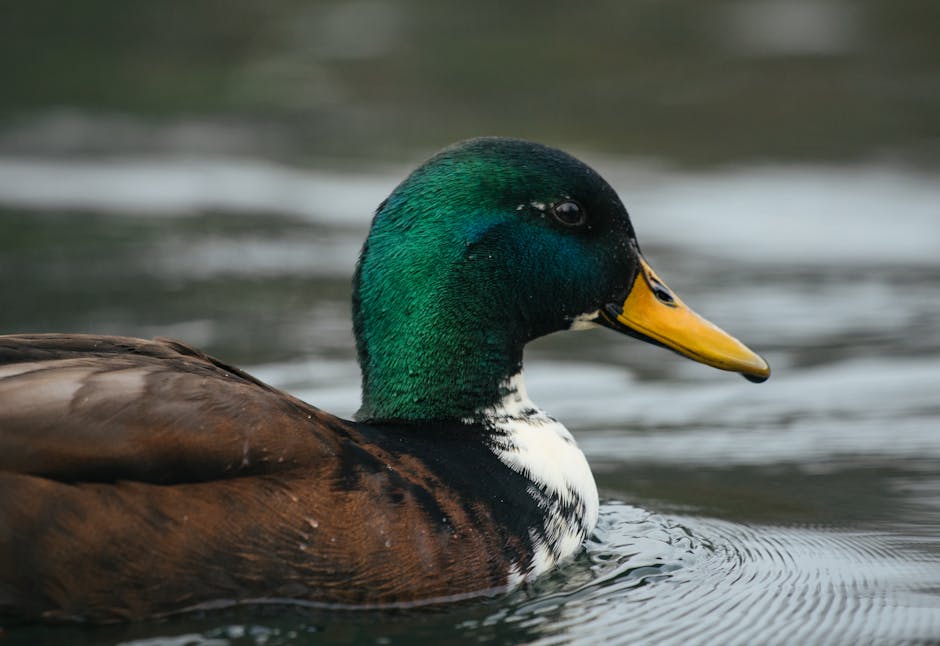
Birds possess a remarkable ability to produce complex and unique vocalizations known as bird songs. What makes these songs fascinating is their species-specific nature, with each bird species having its own distinctive song.
Establishing and Maintaining Territory
Species-specific bird songs serve the primary purpose of establishing and maintaining territory. Through their songs, birds communicate to other members of their species that a particular area is occupied and defended. These songs act as audio boundaries, warning potential intruders that the territory is already claimed.
Attracting Mates
Bird songs also play a vital role in attracting mates. Male birds use their songs as a means of advertising their presence, fitness, and suitability as potential mates to females. The complexity and quality of the song can serve as an indicator of the male’s genetic quality and overall health. Females evaluate these songs to assess the desirability of potential partners.
Communication within a Species
Bird songs serve as a means of communication within a species. They convey messages related to courtship, territorial boundaries, warnings of predators, and identification of kin or group members. Through their songs, birds exchange information crucial to their survival, reproduction, and social interactions.
Variations in Structure and Composition
The structure and composition of bird songs vary across species, reflecting evolutionary adaptations and unique characteristics. Some songs consist of simple repetitive notes, while others are highly complex and melodious. Certain species employ trills, whistles, chirps, or intricate sequences of notes to create their distinct songs.
Learning Species-Specific Songs
The learning of species-specific songs is a critical aspect of bird behavior. Young birds learn their songs by imitating the vocalizations of adult birds during a sensitive period of their development. This learning process ensures the transmission of accurate songs within a species from one generation to the next and allows for the potential development of regional dialects.
Understanding the significance of species-specific bird songs provides a glimpse into the intricate world of avian communication. These songs serve as powerful tools for establishing territories, attracting mates, and facilitating communication within bird communities.
How Birds Learn to Sing

Birds have a remarkable ability to learn and produce complex songs through vocal learning. This process is primarily observed in songbirds, parrots, and hummingbirds and involves a combination of genetic predisposition and environmental factors.
Vocal Learning in Birds
Vocal learning refers to the ability of certain bird species to acquire and modify their songs through imitation and practice. It is prevalent among songbirds, parrots, and hummingbirds, which have specialized vocal learning circuits in their brains.
Song Development Phases

Birds go through distinct phases during their song development: the sensory phase, sensorimotor phase, and crystallization phase.
Sensory Phase
During the sensory phase, young birds listen to and memorize the songs of adult conspecifics (birds of the same species). They use auditory input to form a template of the desired song.
Sensorimotor Phase
In the sensorimotor phase, birds begin to produce vocalizations by imitating the memorized songs. They refine their songs through trial and error, adjusting their vocalizations based on auditory feedback. This phase involves the coordination of neural circuits responsible for auditory perception and motor control.
Crystallization Phase
As birds mature, their songs become more stable and resemble the adult song of their species. This phase, known as the crystallization phase, involves the consolidation and fine-tuning of the learned song. The neural circuits responsible for song production become more specialized and refined.
Critical Period for Song Learning
Most bird species have a critical period, typically during their juvenile stage, when they are most receptive to learning and acquiring songs. This critical period varies among species but generally occurs during a specific developmental window. Birds have heightened neural plasticity during this time, enabling them to acquire and refine their songs more effectively.
Environmental Influences on Song Learning
![]()
Environmental factors play a crucial role in birds’ song learning. The presence of adult tutors and exposure to the songs of conspecifics are essential for young birds to develop accurate renditions of their species’ song. Social interactions with adult birds facilitate the acquisition and refinement of song elements.
Cultural Transmission of Song
In some bird species, songs are passed down through generations, akin to cultural transmission. Young birds learn not only from adult tutors but also from their peers, leading to the development of regional dialects and individual variations in songs.
Understanding how birds learn to sing provides valuable insights into the intricate processes of communication and learning in the avian world. By unraveling the complexities of vocal learning, researchers gain a deeper appreciation for the diversity and beauty of bird song.
How Bird Song Has Changed Over Time

Bird song is a dynamic and evolving phenomenon that provides valuable insights into the evolutionary and ecological dynamics of avian species. In this section, we will explore the factors that have influenced the transformation of bird songs throughout history.
Evolutionary Perspective
Birds’ vocalizations have evolved over millions of years through natural selection. Songs serve multiple functions, including courtship, territorial defense, and communication within social groups. Factors such as habitat, social structure, and mate selection influence the evolution of bird songs. For example, in dense vegetation, birds may have evolved higher-frequency songs to overcome acoustic challenges.
Cultural Transmission
Bird songs are acquired through cultural transmission, leading to regional dialects and variations. This cultural evolution allows for flexibility and innovation in bird songs over time, similar to the evolution of human languages.
Human Influence
Human activities have impacted bird songs. Urbanization and habitat destruction have altered natural environments, leading to changes in bird songs. Urban noise pollution can interfere with bird communication, prompting birds to adapt their songs to be louder or adjust frequencies to be more audible in noisy environments.
Climate Change
Climate change influences bird songs by altering habitat availability and breeding seasons. Birds may adjust their songs to adapt to shifting environmental conditions, such as changes in vegetation or temperature.
Hybridization
Hybridization between bird species can lead to novel combinations of songs, contributing to the diversity and evolution of bird songs within specific regions.
Studying Historical Changes
Researchers analyze historical recordings, museum specimens, and field observations to track shifts in bird vocalizations over time. Advances in technology facilitate the comparison of songs across different periods, providing valuable insights into the transformation of bird songs throughout history.
Studying how bird songs have changed over time deepens our understanding of the intricate relationship between birds and their environments. The dynamic nature of bird songs highlights their adaptability and responsiveness to evolutionary pressures, human activities, climate change, and hybridization. The next section will explore the reciprocal influence between birds and humans in shaping bird song behavior and patterns.
The Role of Human Interaction in Bird Song

Human interaction plays a significant role in shaping bird song behavior. Birds demonstrate adaptability and flexibility in response to various factors related to human activities and the acoustic environment they inhabit.
Influence of Habitat and Urbanization
Bird species in urban areas face challenges due to noise pollution and human-made structures. Urban birds may modify their songs to be more audible amidst the urban cacophony, allowing them to compete for acoustic space and attract mates. Artificial structures can also alter bird habitats, leading to changes in singing behavior.
Cultural Transmission
Birds learn their songs through cultural transmission and can incorporate elements of human-made sounds into their repertoire. This showcases their adaptability and ability to learn from their surroundings.
Bird Feeders and Birdsong
Bird feeders attract bird species in human-populated areas and influence their foraging behavior and vocalizations. Bird songs around feeders serve as communication signals among birds, indicating the availability of food.
Vocal Mimicry
Certain bird species, like mockingbirds and starlings, exhibit remarkable vocal mimicry abilities, including imitating human speech. Exposure to human voices or sounds influences the development of vocal mimicry in these species.
Human interaction profoundly impacts bird song. Whether through habitat and urbanization, cultural transmission, bird feeders, or vocal mimicry, birds demonstrate their adaptability and response to the acoustic environment shaped by human activities. The ongoing interaction between birds and humans continues to shape the richness and complexity of bird song, emphasizing the intricate relationship between these two distinct but interconnected worlds.
The Significance of Bird Song in Human Culture

Bird song has captivated human beings for centuries, holding a significant place in cultures worldwide. It carries a rich historical and cultural significance, symbolizing divine communication and inspiring art, music, and literature.
Historical and Cultural Significance
Bird songs have been deeply interwoven with human culture. In ancient Egypt, the nightingale’s song was associated with the afterlife. Native American traditions saw birds as messengers conveying guidance or warnings.
Throughout Europe, birdsong inspired folklore and superstitions. The cuckoo’s song foretold the arrival of spring. In Japanese culture, the uguisu’s (Japanese bush warbler) songs were celebrated for their beauty and incorporated into traditional poetry.
Musical and Artistic Influence
The melodious and intricate nature of bird songs has profoundly influenced human music and artistic expression. Renowned composers like Beethoven and Messiaen incorporated bird song motifs into their compositions, capturing the essence of avian melodies.
Bird songs have found their way into diverse musical genres. Jazz musicians have embraced the improvisatory nature of bird songs, while folk and world music traditions have embraced their spirit and rhythms.
Artists throughout history have depicted birds and their songs in various art forms, seeking to capture their beauty and symbolism. Birds have been portrayed as messengers, symbols of freedom, or embodiments of the human soul’s longing for transcendence.
Symbolism and Metaphor
Bird songs serve as powerful metaphors in literature and poetry, conveying a range of emotions and themes. They represent love, longing, joy, and melancholy. The dawn chorus symbolizes renewal, hope, and the start of a new day.
The presence or absence of bird songs in a natural environment holds symbolic meaning. Their absence may signify a loss of biodiversity or disturbance of ecosystems, while their vibrant presence signifies a healthy and harmonious natural world.
In conclusion, bird song holds a deep significance in human culture. Its historical, musical, and symbolic influence transcends time and borders, inspiring and connecting people across societies. By appreciating and understanding bird songs, we gain a deeper appreciation for the wonders of nature and our shared cultural heritage.
The Wonder of Bird Song
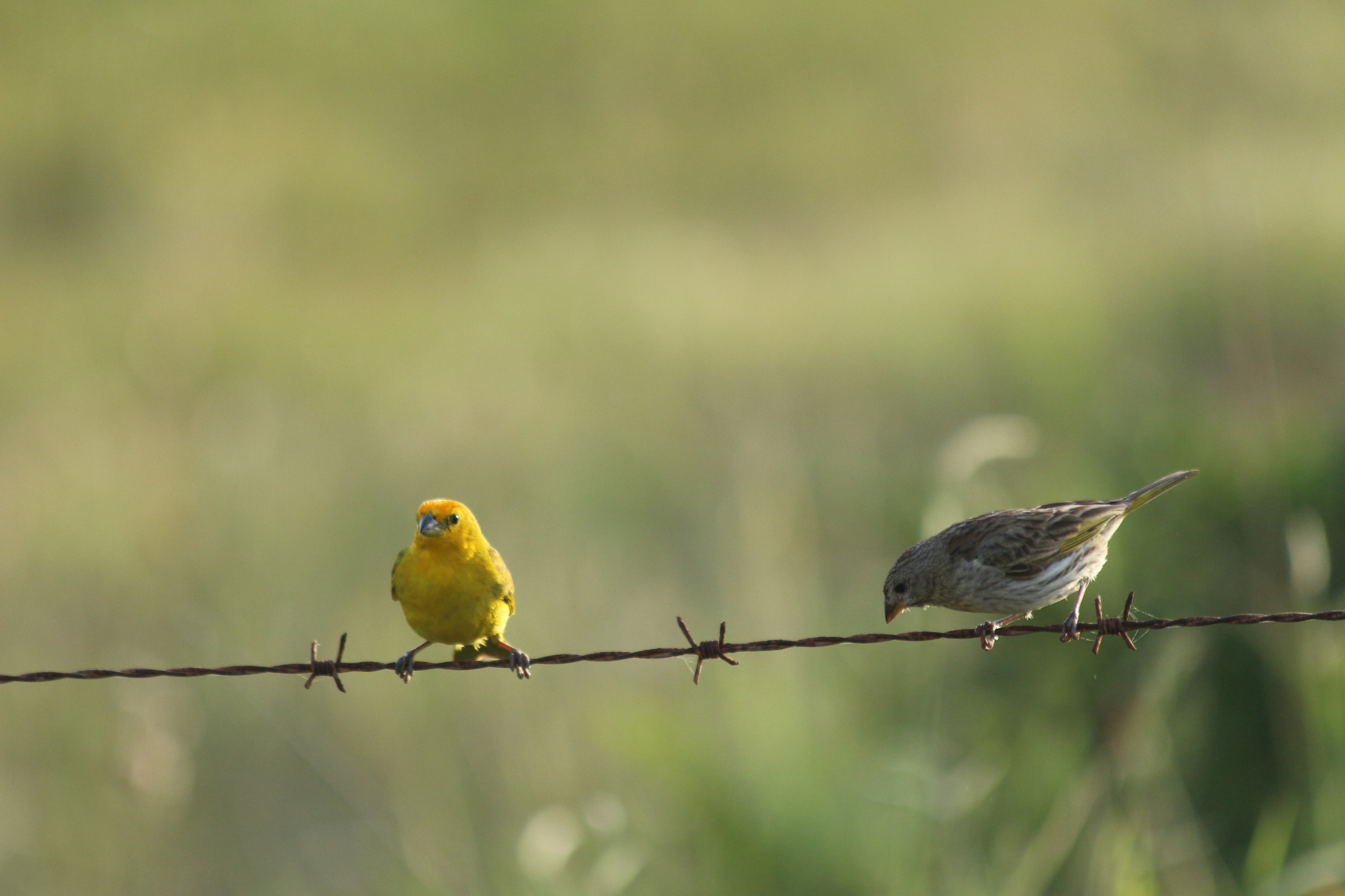
Bird song is a captivating and awe-inspiring phenomenon in the natural world. Throughout this article, we explore the multifaceted nature of bird song, delving into its purpose, diversity, and cultural significance. By doing so, we gain a deeper understanding of the wonder that lies within the melodies of our avian friends.
Bird song serves as vital communication for birds, enabling them to establish territories, attract mates, and maintain social bonds. The intricacy and beauty of their songs reflect the complexity of their behaviors and interactions with the environment.
Notably, bird song has evolved over time, shaped by ecological factors, genetics, and even human interaction. Certain bird species can learn and imitate songs, creating a diverse array of vocalizations within the avian world.
The significance of bird song extends beyond the avian realm and permeates human culture. Its aesthetic appeal has inspired countless artists, musicians, and poets, who seek to capture the essence of these melodic expressions in their work. From ancient myths to modern-day compositions, bird song continues to evoke wonder and spark our imagination.
Moreover, the study of bird song, known as bioacoustics, provides valuable insights into avian behavior, evolution, and ecology. Researchers employ sophisticated techniques to analyze and decipher the intricate patterns and meanings embedded within bird songs. Through these efforts, we gain a deeper appreciation for the complexity and intelligence of our feathered companions.
In conclusion, bird song is a testament to the beauty and diversity of the natural world. It serves as a reminder of the interconnectedness of all living beings and the importance of understanding and preserving our ecosystems. As we listen to the melodious tunes of birds, let us embrace the wonder they inspire and strive to protect and cherish the invaluable gift of bird song for generations to come.
Frequently Asked Questions
What is the purpose of bird song?
Bird song serves various purposes for birds, including attracting mates, defending territory, communicating within a flock, and enabling species and individual recognition.
How do birds produce their songs?
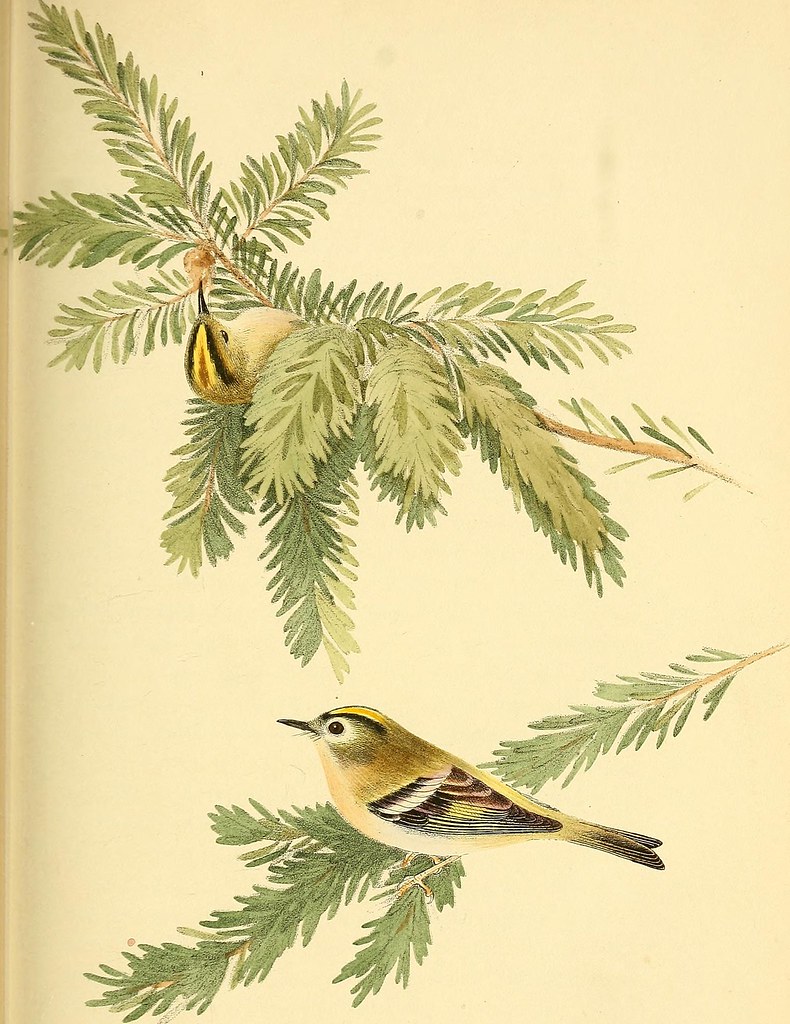
Birds produce their songs through specialized vocal structures called the syrinx. By controlling airflow and manipulating the muscles surrounding the syrinx, birds create a diverse repertoire of vocalizations that define their species.
Do all bird species sing?
Not all bird species sing. While singing is more common among songbirds, there are other types of vocalizations, such as calls and communication sounds, that birds use for different purposes.
Do female birds sing?
Yes, female birds can sing, although the prevalence of female song varies among species. In some species, both males and females sing, while in others, only males sing.
Can birds learn their songs?
Yes, many bird species have the ability to learn their songs. They acquire and modify their songs through vocal learning, imitating the vocalizations of adult birds during a sensitive period of their development. This learning process ensures the transmission of accurate songs within a species from one generation to the next.

Leave a Reply